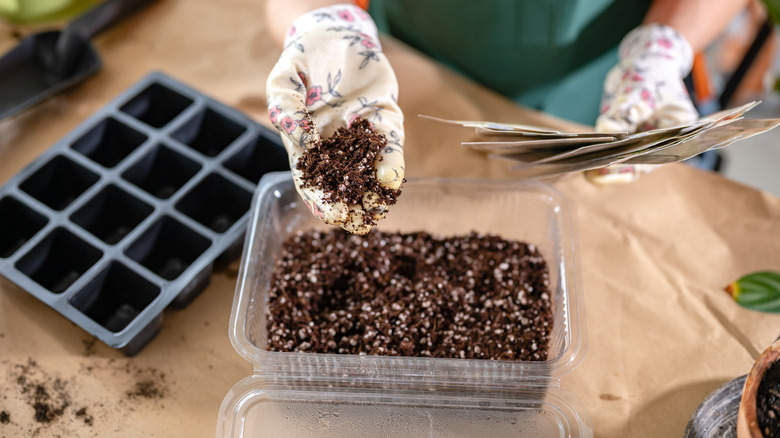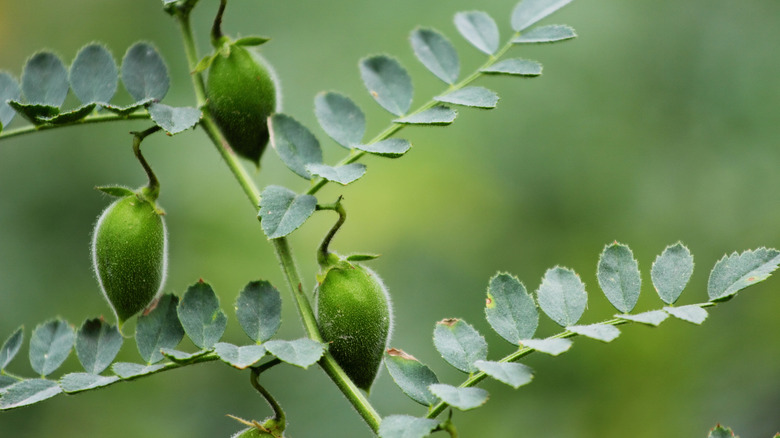The Low-Maintenance Vegetable You Can Start From Seed Indoors This Winter
If you have a green thumb, you might find yourself bored to death when winter sets in. You just can't wait for the summer to come back, so you can dig in and start planting again. In times like these, there is nothing more fun than finding a plant that you can start indoors and then continue to grow outside later. Chickpea (Cicer arietinum) is one of such plants. It is easy to grow from seeds, and when the plants have about three to four leaves and are large enough to handle transplanting (usually 2 to 4 inches tall), you can just take them outside and put them in the garden.
Also, chickpeas ask for little care and yet they reward you richly with abundant harvests. That, when combined with their compact size, makes them a perfect veggie you can grow with limited space on a patio. They also work well in the garden, so if you do decide to transplant them outside in the ground, just make sure that the soil temperatures are steadily above 45 degrees Fahrenheit.
Starting chickpeas indoors in late winter
Start by choosing the right container for your seedlings. You need something that drains well, as chickpeas don't do well in wet soils. Also, make sure it is biodegradable. This matters because starting chickpeas indoors in biodegradable plant pots helps them settle in, sparing their roots from transplant shock. Furthermore, the potting mix needs to be porous. Chickpea roots need both air and water to stay healthy and keep the plant growing strong. Once the pot is ready, bring out your chickpea seeds and plant the seeds at a depth of about 1 1/2 inches. Make sure to lightly pack the soil afterward, as it helps the seeds develop better contact with the soil, and it boosts germination.
Timing is also important. Start your chickpea seeds indoors about two to four weeks before the last frost. Chickpeas need at least six hours of full sun each day and moderate temperatures. So, put them near a window or somewhere that gets plenty of light. And if needed, supplement with artificial grow lights. Keep the temperature stable for the best germination rates.
When the outdoor conditions are right, start hardening off your chickpeas about a week before transplanting. Put them outdoors for a few hours then bring them back in. Once the danger of frost has passed, it's time to plant them out. Although they will tolerate some light frost, be sure to wait as long as needed because chickpeas need warm weather to bloom.

